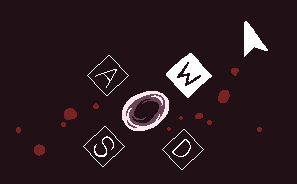What you described sounds good. A fluid, organic tutorial would definitely be great!
I do have some disagreements on the evolution/population things though, but I’ve already voiced most of those already and I won’t start again. However – and this relates more to the flow of the tutorial – it does seem a bit confusing to have to split your species in order to see NPC species emerge.
In my opinion, you should start to see NPC species appearing in the initial vent patch after the first few editor cycles regardless of whether or not you split; that way, the player can get accustomed to coexisting or competing with other species, and then choosing to split (which I assume means moving to another patch) comes later. If other species only show up when the player splits, you’re going to be introducing two different mechanics at the same time, which might be confusing. There’s also a chance that, if the player moves to a different patch, they won’t even see the new species at all.
Here’s my take on a WASD indicator thing:

It would rotate along with the cell to better communicate that movement is direction-relative, and fade away after the players move around a bit. (The W is white because it is being pressed)
I can understand how this might be a little too intrusive though, and players could still probably figure it out if the WASD logo was static.
Finally, I would like to mention that I have been working a little bit on a Thrive Manual, since I assume that’s something that’ll be put into the game at some point. While I’d still prefer if the tutorial organically explained important concepts, I think it’d be a nice thing to look at if you forgot something or wanted a little extra information, and it’d be nice if the tutorial alluded to the Manual’s existence to let players know it exists. (assuming it is implemented, of course)